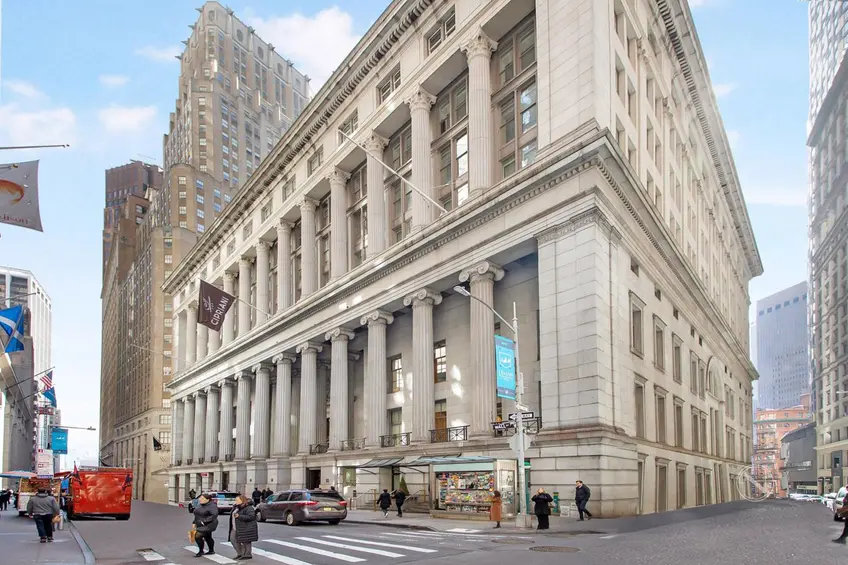 Cipriani Club Residences via Nest Seekers
Cipriani Club Residences via Nest Seekers
With housing prices across the board declining in New York City and closed sales also plummeting (by one estimate, the number of closed sales in the second quarter was down by nearly half compared to the second quarter of 2019), it is a great time to buy. However, it may be an even better time to invest. Not only have Manhattan condos increased in value by 45% between 2012 and 2019, but sales prices are largely holding their value even with the pandemic. Moreover, rents are likely to rebound once a COVID-19 vaccine is approved and New York’s businesses and tourism pick up again. If you’re about to invest for the first time, however, there are several questions to consider before you make your first plunge.
In this article:
How to Finance an Investment Apartment
The smartest way to invest in an apartment is to purchase it outright. Of course, not everyone is in the position to do so, especially not in New York City, where average prices for apartments in Manhattan run over $1 million on average. Assuming you will need some form of financing, you will also need to meet somewhat higher standards to qualify for an investment loan.
First, if you're looking to invest, you will only be able to finance your property with a bank loan (government mortgage programs can’t be used for investment properties). Even then, the terms of the mortgage will also be somewhat different than those applied to standard residential mortgages. In most cases, borrowers are only eligible for loans with fixed rates. Also, rates on investment mortgages are generally higher. As for qualifying, also expect different criteria. Borrowers generally need a higher FICO score, and for a purchase in New York City, it is rare for banks to offer more than 75 percent financing to investors. Finally, since it is an investment, most banks will expect evidence of liquidity post-closing (on average, at least six months of mortgage payments).
 Riverhouse via Jeff Goldberg, Esto via Ennead Architects
Riverhouse via Jeff Goldberg, Esto via Ennead Architects
Where to Invest in Property
First and foremost, do your due diligence. Confirm that the building in which you are purchasing does permit rentals. If you’re investing in a co-op, this is especially important. While a few New York City co-op buildings allow shareholders to rent their units immediately, most impose restrictions. In some cases, a unit must be owner-occupied for two or three years before it can be rented out, and in some cases, rentals are not permitted at all. Whatever the policy, if you invest in a co-op, you’ll also need board approval to rent your unit. For this reason, it is also a good idea to find out whether the co-op board has a reputation for being flexible about approvals or a history of rejecting potential renters.
In addition to investing in a building that permits rentals and has a reputation for easily approving tenants, consider location, and don’t narrow the search to your favorite neighborhoods. As an investor, it often pays to focus on rapidly gentrifying neighborhoods where deals are more likely to present themselves and where your investment is more likely to yield a quick return. For example, historical data reveals that over the past decade, Brooklyn real estate values have more than doubled while prices in other neighborhoods, including the Upper East Side, have risen by only about 20 percent. While purchasing in the Upper East Side may have seemed like a safer bet than purchasing in Prospect Heights a decade ago, from an investment perspective, the latter was ultimately more strategic.
Sunny studio overlooks a magnificent courtyard and features a walk-in closet and windowed marble bath. 55 Wall Street has a unique sublet policy which allows short term rentals, making this perhaps the most versatile property you can buy in Manhattan right now. Residential amenities include 24-hour concierge and butler service, Cipriani restaurant, library, bi-level fitness center, and a gorgeous landscaped roof deck. See floor plan and full details here.
What to Expect
Investing in New York City real estate is generally wise—that is, if you plan to invest and hold the property for a decade and preferably longer. As the local real estate market has shown over the past decade, even major crashes—like the 2008 financial crisis—often have only a temporary impact on the value of local real estate. As a result, investment properties can also be a great place to stash your cash during a financial crisis. Of course, investing in real estate in New York City (or anywhere) is still a calculated risk. Before you take the plunge, you’ll want to crunch a lot of numbers and ask yourself if you are risk tolerant enough to face the potential challenges associated with investing in residential properties.
Calculating Rents
Unless you’ve purchased a rent-controlled or rent-stabilized unit in New York City, you’re free to charge as much as you like for a unit but still only as much as the market can tolerate. If you have a mortgage, this is especially important since your monthly mortgage payments and additional costs (e.g., building fees and general maintenance) may easily exceed the average monthly prices in the neighborhood. If, for example, you purchase a one-bedroom in Inwood and your monthly overhead (mortgage + fees + general maintenance) are $2,800, you may not see any immediate return on your unit since the current monthly average on a one-bedroom unit in the neighborhood is only $1,900. However, even if you purchase a unit with available cash, you may not realize a large return in the short-term.Calculating Your ROI
To calculate your return on a cash transaction, divide the annual return (monthly rent minus monthly fees and overhead by 12) by the amount of the total investment (cost of purchase plus closing costs plus related fees). Let’s say you purchased a one-bedroom unit for $600,000 and the closing costs and related fees were $25,000, and you are now renting out the unit for $2200 per month but paying $800 in fees and other overhead. Your ROI is $16,800 ÷ $625,000 or 0.026 ( 2.6%).
While a 2.6% return may sound low, it is average for a New York City residential rental purchased without financing. If you’re financing a unit, the ROI will initially be negative. But does this mean that rentals in NYC aren’t a good investment? Not necessarily. If the property values in the neighborhood increase over time, and you are not faced with any other surprises (e.g., a hefty assessment on the unit), you may still realize a considerable return over a ten- to fifteen-year period despite the small or negative annual return.
Located at the crossroads of Central Park, Lincoln Center, and the Upper West Side, apartment #16T features an expansive living room and generous bedroom. The apartment is delivered in ultra clean original condition so you can move right in, but also priced conservatively to allow room in your budget for updates. Investor and pied-a-terre friendly. See floor plan and full details here.
Facing south, this cheerful home has a foyer, three closets throughout and a large galley kitchen. Battery Park City living has been the best kept secret in Manhattan for years, and now, more than ever, the park setting, water breezes and buildings that aren't stacked on top of each other have become even more attractive! See floor plan and full details here.
Insurance Costs
Beyond the cost already mentioned, there are a few other costs you’ll need to account for if you’re about to become the owner of a rental property.
First, your insurance will be about 15 percent higher than the home insurance paid on an owner-occupied unit. This reflects the fact that there is a general assumption that rentals are subject to more damage than owner-occupied units. Your basic insurance will generally cover three things: property damage; lost rental income (should something cause the property to become uninhabitable); and liability protection (should a tenant become injured on the property). If you’re in a flood zone, however, be certain to also purchase flood insurance since it will not be covered by your basic plan.
In addition to already paying more for your basic insurance, you may want to consider purchasing additional coverage for one or more of the following:
- Guaranteed Income Insurance to cover rent in the event that a tenant doesn’t pay or doesn’t pay the full amount)
- Emergency coverage to cover the cost of emergency repairs, including emergency appliance repairs
- Additional construction expenses to cover the cost of bringing a building up to code after it has been damaged.
Calculating Risks
At the end of the day, investing in real estate means becoming a landlord. Even if you opt to pay a real estate professional to rent out and manage your property (and most New York City owners do), you’ll still need to brace yourself for potentially unpleasant surprises.
First, there are the obvious risks—tenants who don’t pay their rent on time, tenants who damage your property, and tenants who fail to fit in with the culture of the building and lead to complaints. As the owner or shareholder, you’ll ultimately be responsible for your tenants and their decisions. As suggested above, you can purchase insurance to recover the cost of lost rent and emergency appliance replacements. If you ultimately rent to the wrong tenant (e.g., one who thinks it is fine to party all night-long in a quiet co-op), however, there is no insurance that will help you smooth things over with the co-op board.
If you buy in a co-op building, you may also face other surprises over time. Co-ops often approve assessments—for example, to carry out capital improvement projects such as façade repairs. If the assessment is just a few hundred dollars per month and your unit isn’t rental stabilized, you may be able to simply raise your existing tenant’s rent when their lease comes up for renewal. If the assessment is several thousand more per month, however, passing it along to the tenant through a rental increase may be challenging. Worse yet, depending on the scale of the increase, you may find it difficult to rent out the unit and cover your mortgage and fees at all. While this is a rare scenario, it does happen and is another risk one takes when they become an investor in the local residential real estate.
Marketing Your Unit
If you do decide to purchase a rental, the final challenge will be marketing your unit. To get started, ensure it is in good repair. Also, do your market research and consider what the market can absorb at this time. Finally, list your unit on a local listings site, such as CityRealty’s platform. Learn more on how to get started here.
Top Investment Condo Buildings
Century Towers, 175 West 12th Street (+43% increase in condo values since 2012)
4 one- through three-beds from $1.2M - $2.75M
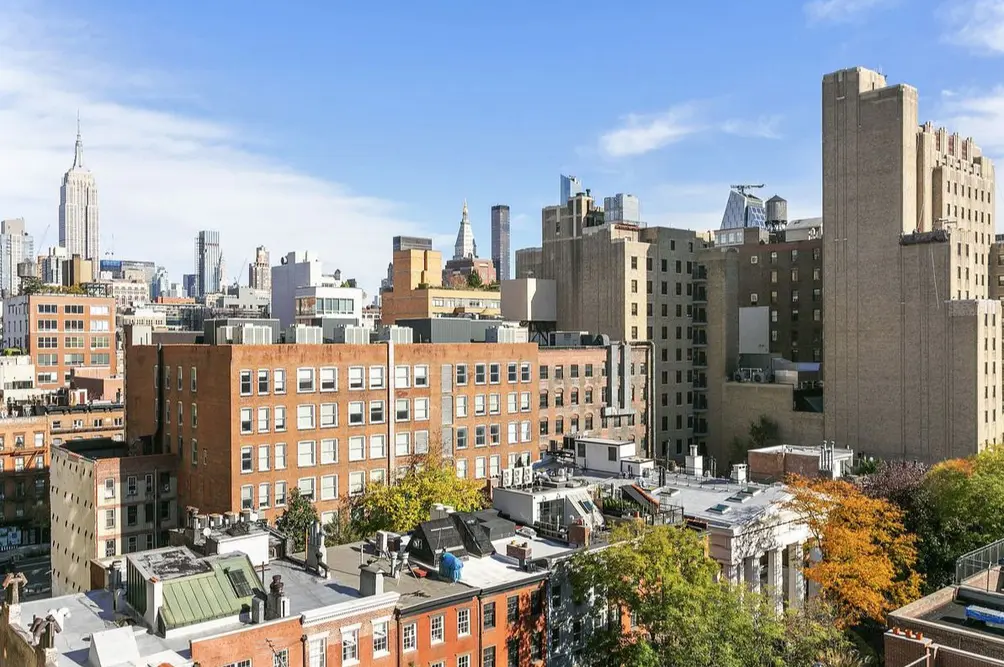 View from Century Towers via Berkshire Hathaway
View from Century Towers via Berkshire Hathaway
Would you like to tour any of these properties?
Just complete the info below.
Or call us at (212) 755-5544
Dorchester Towers, 155 West 68th Street (+46%)
3 one- through four-beds from $850K - $4M
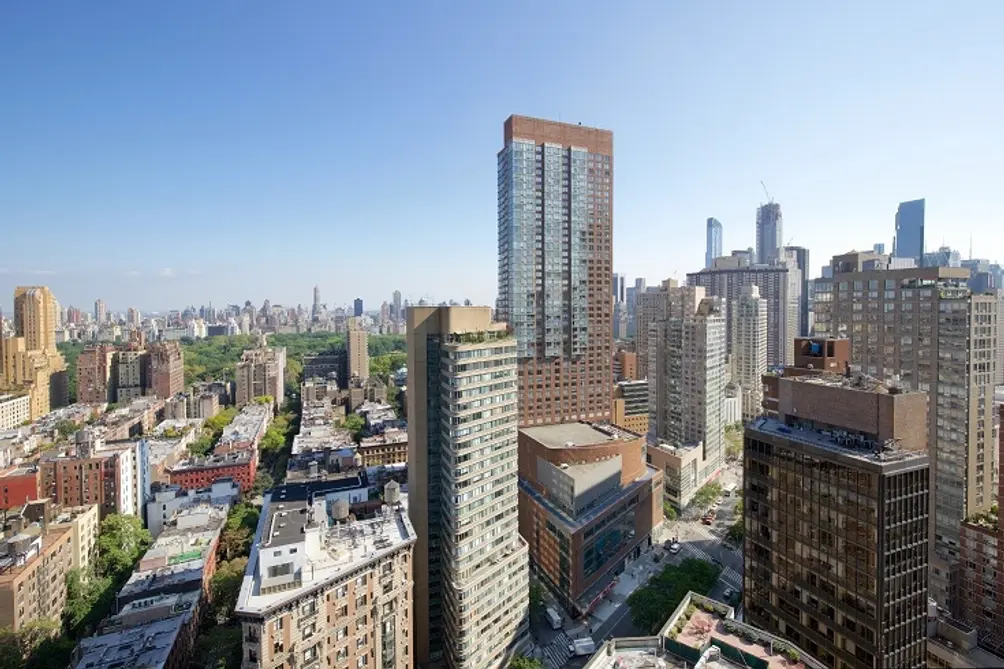 Dorchester Towers via Ogden Cap Properties
Dorchester Towers via Ogden Cap Properties
Yorkville Tower 1, 1623 Third Avenue (+48%)
2 one- through two-beds from $899K - $1.5M
 View from Yorkville Tower 1 via Engel & Volkers
View from Yorkville Tower 1 via Engel & Volkers
Worldwide Plaza, 350 West 50th Street (+50%)
8 studio through two-beds from $570K - $2.15M
 Worldwide Plaza via The Corcoran Group
Worldwide Plaza via The Corcoran Group
Riverhouse, 2 River Terrace (+53%)
5 two- through four-beds from $2.7M - $4.3M
 Riverhouse via Jeff Goldberg, Esto via Ennead Architects
Riverhouse via Jeff Goldberg, Esto via Ennead Architects
The Residences at the Ritz-Carlton New York Battery Park, 10 Little West Street (+53%)
6 one- through four-beds from $1.2M - $8M
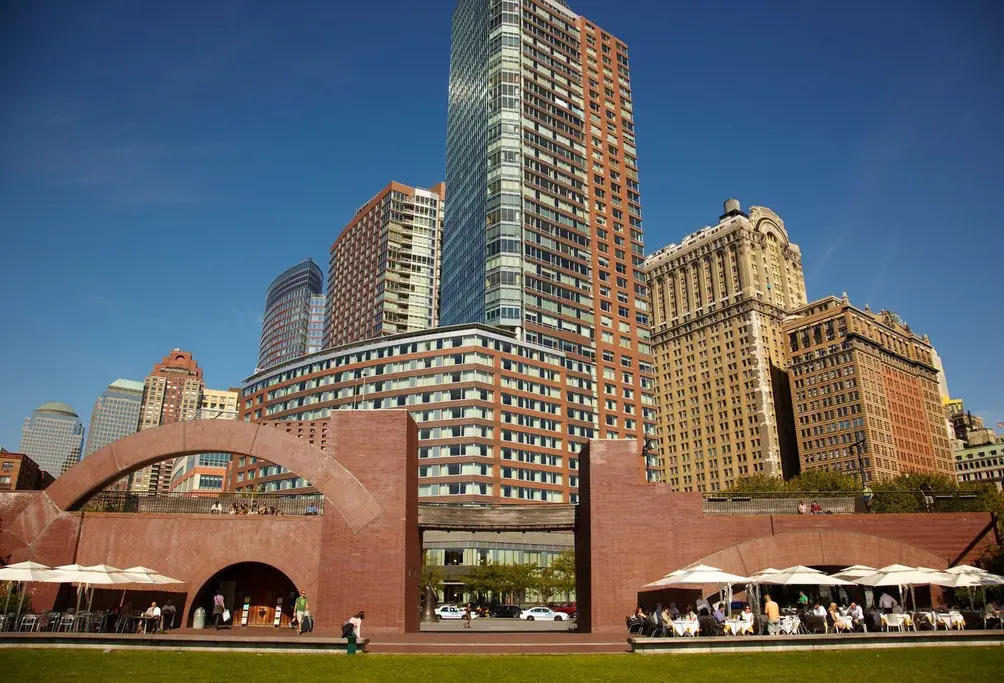 The Residences at the Ritz-Carlton New York Battery Park via Compass
The Residences at the Ritz-Carlton New York Battery Park via Compass
5th on the Park, 1485 Fifth Avenue (+54%)
4 one- through five-beds from $849K - $3M
 View from 5th on the Park
View from 5th on the Park
Sterling Plaza, 255 East 49th Street (+57%)
1 two-bed for $1.8M

The Cove Club, 2 South End Avenue (+58%)
12 studio through three-beds from $449K - $1.7M
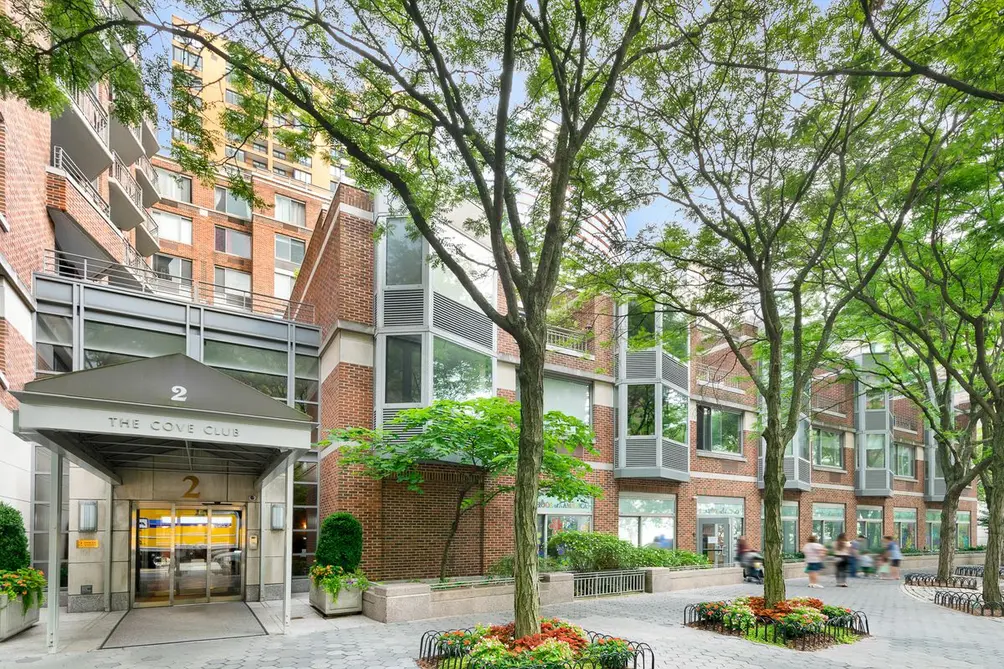 The Cove Club via Compass
The Cove Club via Compass
The Paladin, 300 East 62nd Street (+61%)
2 one- through three-beds from $1.1M - $2.8M
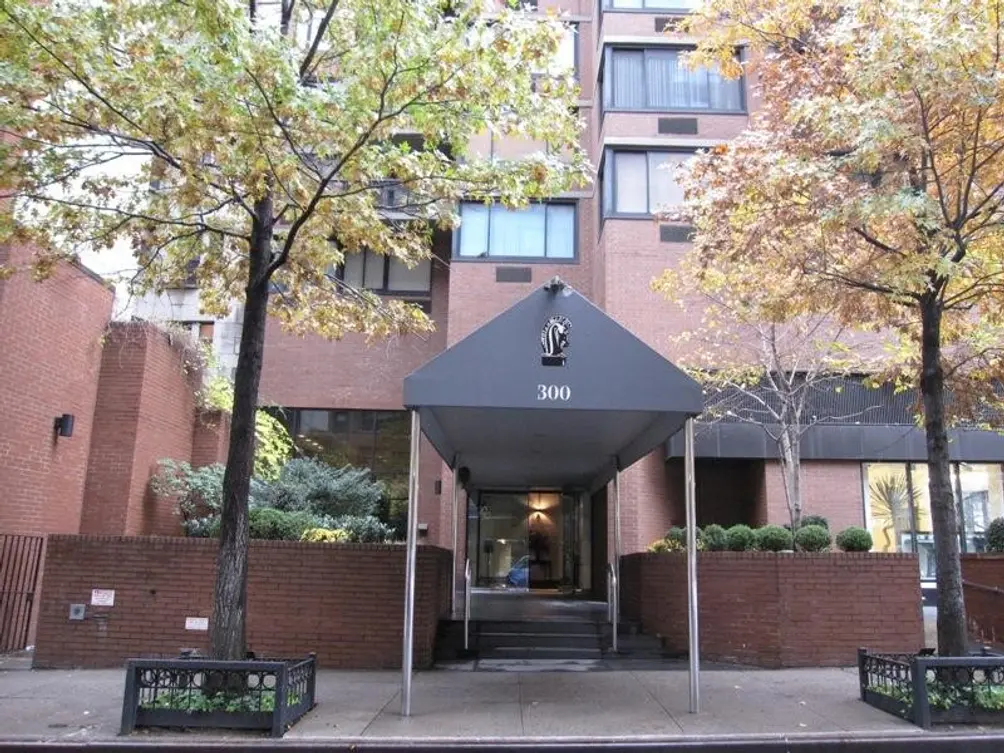 The Paladin via Douglas Elliman
The Paladin via Douglas Elliman
Evans Tower, 171 East 84th Street (+68%)
4 one- through three-beds for $750K - $2.9M
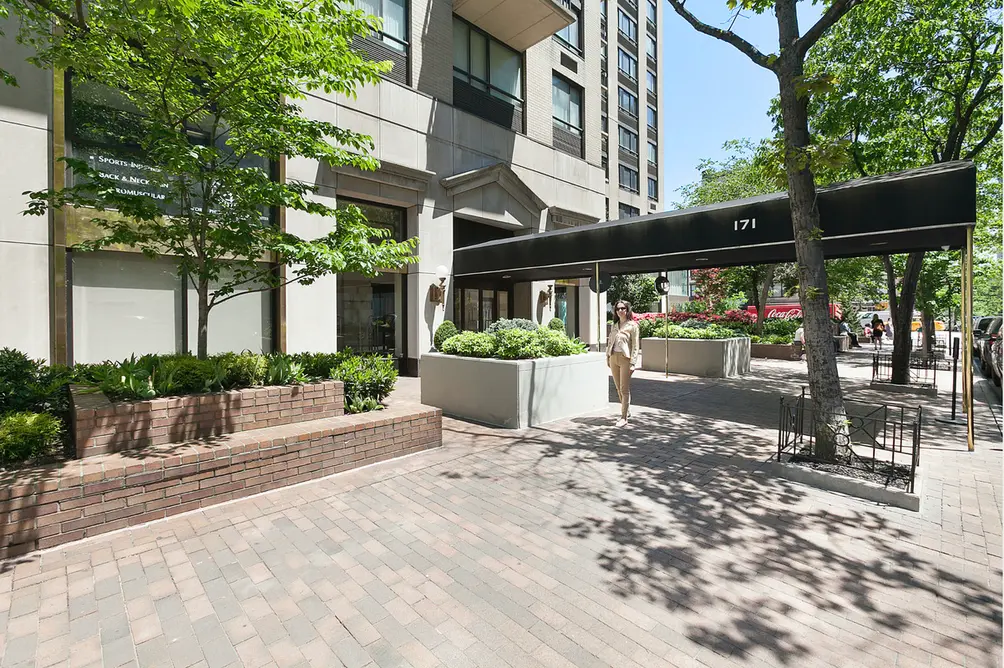 Evans Tower via Compass
Evans Tower via Compass
One Lincoln Plaza, 20 West 64th Street (+68%)
1 one-bed for $999K
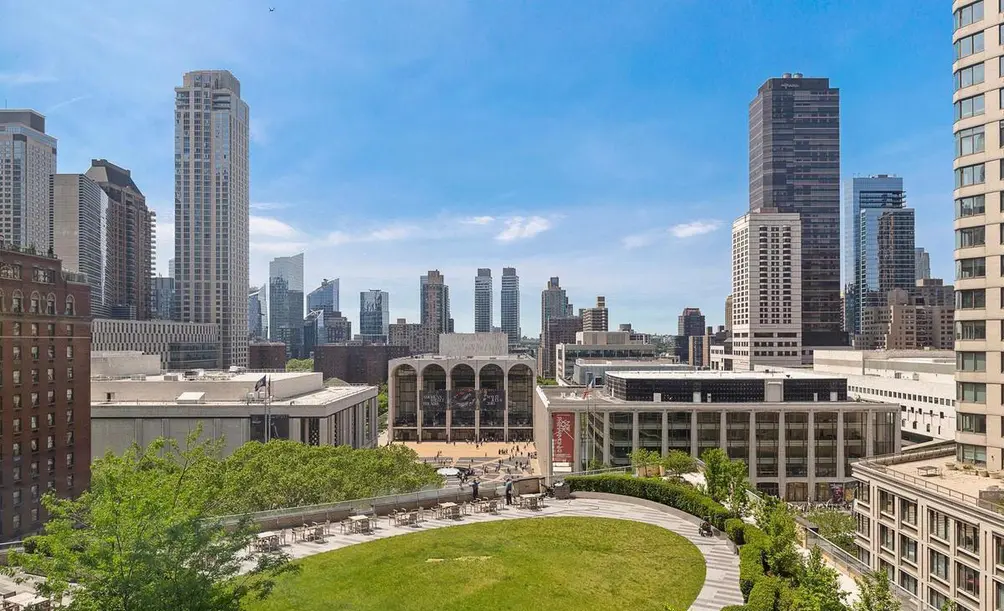 One Lincoln Place via Halstead
One Lincoln Place via Halstead
The Soundings, 280 Rector Place (+95%)
3 one-beds from $475K - $550K
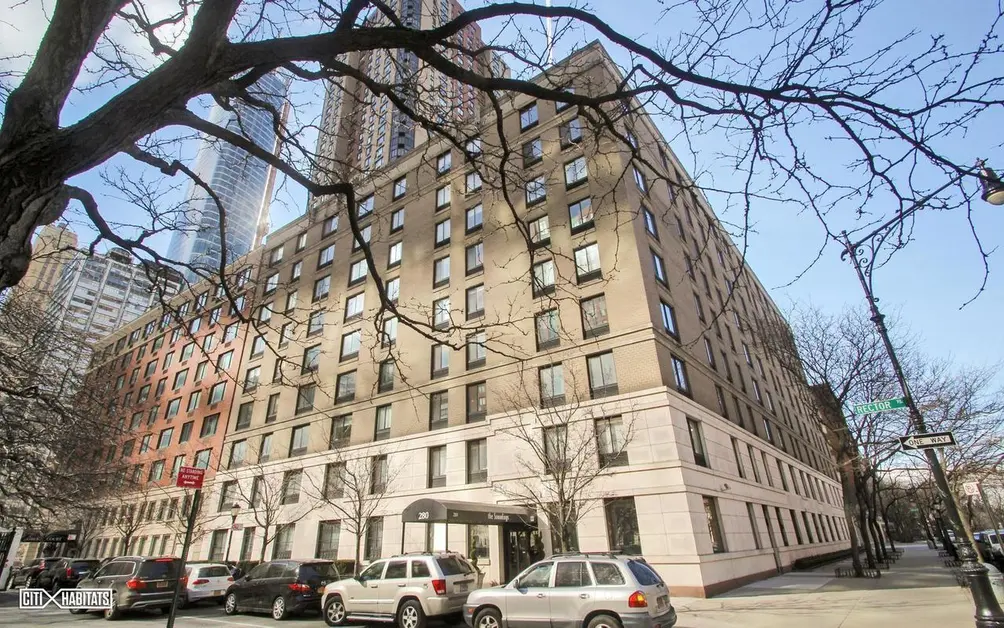 The Soundings via Citi Habitats
The Soundings via Citi Habitats
Would you like to tour any of these properties?
Just complete the info below.
Or call us at (212) 755-5544
Would you like to tour any of these properties?

Contributing Writer
Cait Etherington
Cait Etherington has over twenty years of experience working as a journalist and communications consultant. Her articles and reviews have been published in newspapers and magazines across the United States and internationally. An experienced financial writer, Cait is committed to exposing the human side of stories about contemporary business, banking and workplace relations. She also enjoys writing about trends, lifestyles and real estate in New York City where she lives with her family in a cozy apartment on the twentieth floor of a Manhattan high rise.



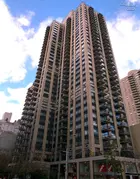
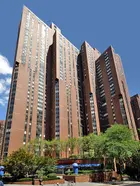


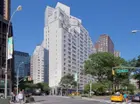
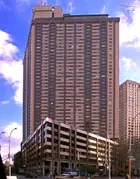

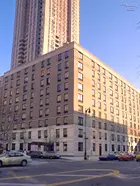
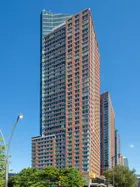

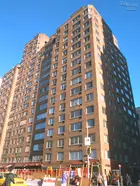

 6sqft delivers the latest on real estate, architecture, and design, straight from New York City.
6sqft delivers the latest on real estate, architecture, and design, straight from New York City.
